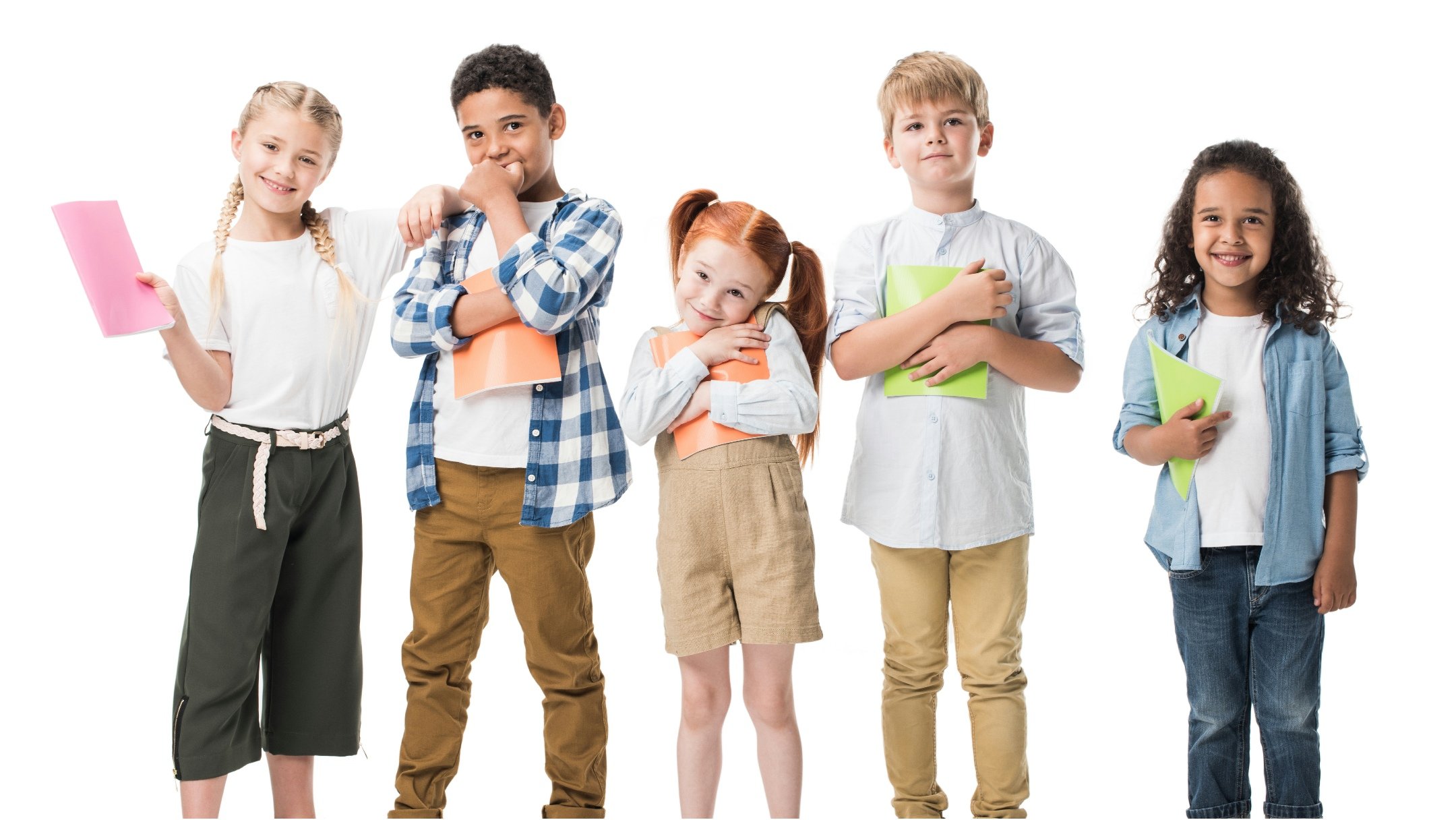How Can You Help Your Child With Self Awareness In A Positive Way?
The journey of childhood and adolescence is the playground where we learn who we are, who we want to be, and hopefully, but not always, how to bridge that gap. As the brain continues to develop and abstract thought becomes available, there is an opportunity to self-reflect and use constructive feedback to be more self-aware, so we can explore our individual interests and face challenges along the way with resiliency and determination.
As parents, educators, and role models, we can introduce the tenets of self-awareness from a very early age. We all have thoughts; as philosopher and mathematician René Descartes stated, "I think, therefore, I am." I love using stories with young children to demonstrate this concept of 'thought' and that we can each be the boss of our own thoughts, meaning we can choose to pay attention to them, accept them, grow them, heal them, and change them. We do not have to be ruled by thoughts; rather, we can select which to prune and which to develop.
A poetic book entitled " What Is a Thought? by Amy Kahofer shows how our thinking creates our feelings and behavior. It depicts that when our minds are calm, we can access natural wisdom and healthy feelings. Leading by example, we can demonstrate to our children how what we think forms how we feel about a situation or person. This introduces the more advanced concept of perspective-taking, which is necessary for effective communication, relationship building, problem solving, and deeper self-awareness.
When we look into a mirror, we choose what we pay attention to in our reflection. Widening the lens and zooming in on specific aspects affects what we "see" or perceive. It takes a willingness and determination to look at our own thoughts and perspectives and realize that others may see something entirely different. Both may be correct and erroneous simultaneously. No wonder adolescence is so confusing! Adapting to a broader abstract view from a childhood of concrete rules and expectations is a pivotal step in identity formation and requires healthy coping strategies and support systems.
To Use a Positive Approach in Teaching Your Child About Self-Awareness:
Be a model for recognizing, naming, and managing your thoughts and emotions. This does not mean having 'no filter' but rather being cognizant of which thoughts, emotions, and actions you share, so your child sees that self-awareness is a healthy, lifelong practice.
Demonstrate Active Listening: Listen without judgment and resist the urge to try to solve the problem or to correct your child. It is most important to first validate their emotions in order to build trust. We want our children to be honest and to share what they are going through inside their heads. They will not readily do this if we criticize them or suggest disapproval. That is not to say that we cannot provide our guidance. It's a matter of how we express it that makes all the difference.
Use simple language and encourage your child to both identify and label emotions, keeping in mind that many emotions are masking the feelings and thoughts underlying the situation. Anger and frustration often mask other emotions, such as feelings of inadequacy or lack of confidence.
Use Visuals to help them more easily perceive their thoughts, feelings, and actions.
Provide an environment where they feel safe and know it is okay to make mistakes because that is how we all learn. Be there to support them.
Ask open-ended questions to help them process their thoughts. At Playright, we have a Cirbot character named "Two-Bit," who is always gathering two bits of more information, showing that we cannot solve a problem based on partial or incomplete information.
Practice Mindfulness as a family daily. This can be as simple as starting the day with three deep breaths or ending the day with a guided visualization exercise. Mindfulness is a mindset where we allow ourselves to be in the present moment. It is a key to relaxation, stress management, and well-being. Being mindful is an excellent life skill to instill in our children.
Be a resource for your child when they are learning to set "SMART" goals [Specific, Measurable, Achievable, Realistic, Timely]. Let them discover their strengths as they apply effort, so they learn that it is the process that matters, rather than perfection. Live life with the awareness that practice makes progress, and perfection is not a SMART goal.
Help them learn how to brainstorm when developing problem-solving skills. Identifying problems, sourcing potential solutions, and trying and evaluating the outcomes all promote self-reflection and greater awareness of self.
From a very early age, children can be shown and taught that others have thoughts and feelings too. Recognizing the feelings of others and respecting them, even if you disagree with them, is the way to teach and encourage empathy.
When helping your child become self-aware, keep in mind that only 7 percent of communication is the words we say. The other 93% is our body language, tone of voice, facial expressions, and non-verbal communication. Becoming more self-aware of our own non-verbal cues
























